Jeff Sailor, CPA
Jeff Sailor, CPA, received a master’s degree in accounting from the University of Florida. Upon graduation, he joined the auditing staff at Peat Marwick in Jacksonville, Florida, where he worked on a large number of national accounts. Jeff has managed his own accounting firm in Ocala, Florida, since 1984. During that time, he has also developed unique auditing approaches and auditing software.
Since 1992, Jeff has been teaching accounting and auditing courses he developed to combat traditional “boring CPE.” Using a variety of creative teaching methods sprinkled with humorous video spoofs, Jeff is able to combine his in-depth accounting insights with humor in high-energy presentations. He’s also adept at presenting complex topics in a very practical, easy-to-understand manner, thus earning him rave reviews for more than 20 years. Jeff currently presents seminars, webcasts, and in-house instruction for Western CPE. He’s also a featured speaker at national conferences as well as at state and regional meetings.
For more than 10 years, Jeff has served as an AICPA peer reviewer, focusing on small firms and sole practitioners. He also served on the Resource Committee for the Private Company Financial Reporting Committee (PCFRC). Jeff has spoken at two NASBA national conferences on how to make education more engaging for practitioners.

-
 Accounting
Accounting
Financial Leadership
Jeff Sailor, CPA Webcast
Credits: 2 $98.00
Webcast
Credits: 2 $98.00 -
 Accounting
Accounting
Estimates, Contingencies and Going Concern
Jeff Sailor, CPA Webcast
Credits: 2 $98.00
Webcast
Credits: 2 $98.00 -
 Accounting
Accounting
2025 World’s Liveliest SSARS Update
Jeff Sailor, CPA Webcast
Credits: 3 $147.00
Webcast
Credits: 3 $147.00 -
 Accounting
Accounting
Accounting for Construction Contractors
Jeff Sailor, CPA Webcast
Credits: 2 $98.00
Webcast
Credits: 2 $98.00 -
 Auditing
Auditing
2025 World’s Liveliest Audit Update
Jeff Sailor, CPA Webcast
Credits: 3 $147.00
Webcast
Credits: 3 $147.00 -
 Accounting
Accounting
Metrics Which Everyone Should Know
Jeff Sailor, CPA Webcast
Credits: 2 $98.00
Webcast
Credits: 2 $98.00 -
 Auditing
Auditing
Risk Assessment of IT Systems
Jeff Sailor, CPA Webcast
Credits: 1 $49.00
Webcast
Credits: 1 $49.00 -
 Auditing
Auditing
Getting Control of Internal Control
Jeff Sailor, CPA Webcast
Credits: 2 $98.00
Webcast
Credits: 2 $98.00 -
 Accounting
Accounting
The FASB Conceptual Framework
Jeff Sailor, CPA Webcast
Credits: 2 $98.00
Webcast
Credits: 2 $98.00 -
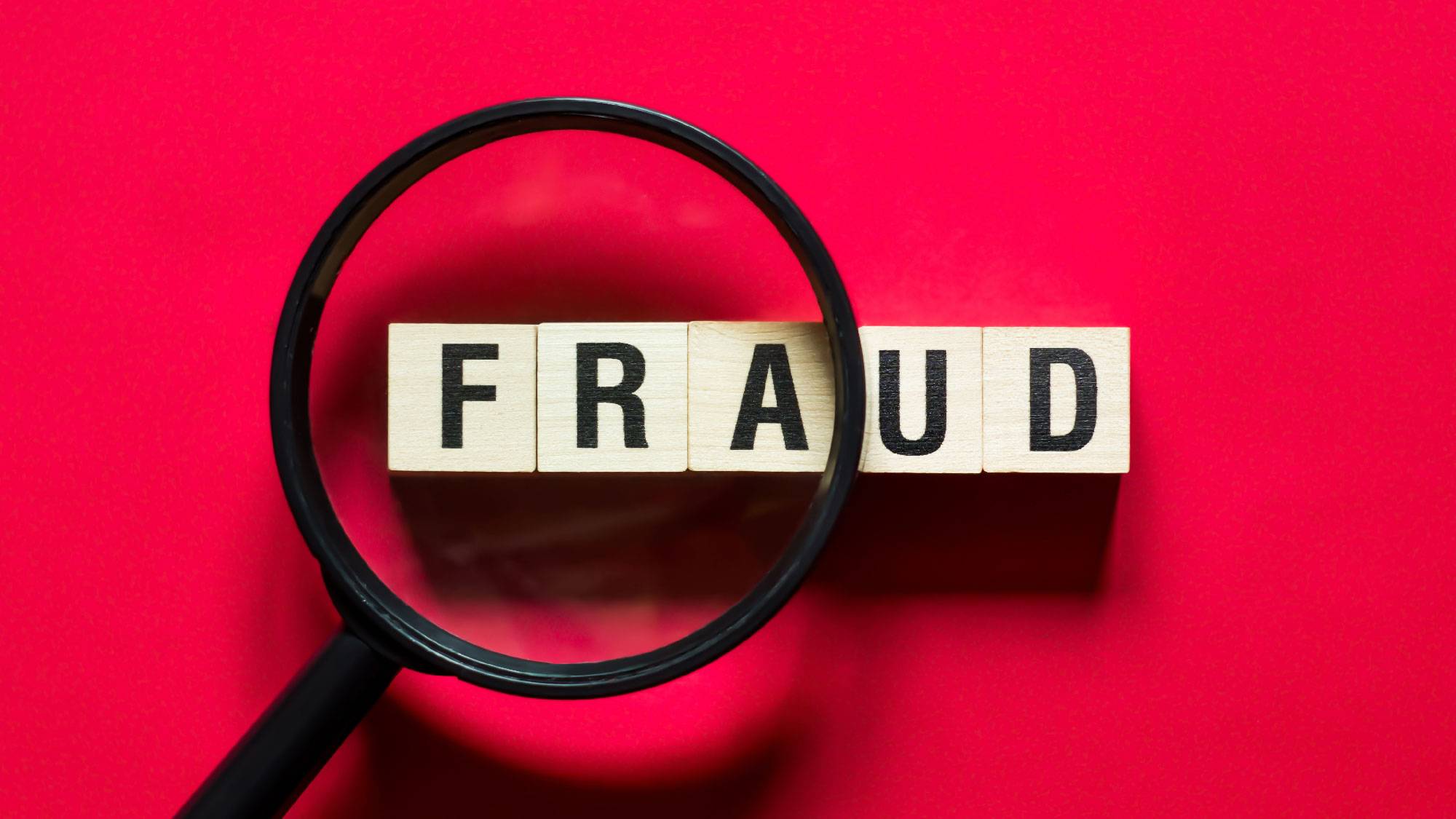 Behavioral Ethics
Behavioral Ethics
2025 Focus On Fraud
Jeff Sailor, CPA Webcast
Credits: 1 $49.00
Webcast
Credits: 1 $49.00 -
 Accounting
Accounting
2025 Worlds Liveliest Accounting Update
Jeff Sailor, CPA Webcast
Credits: 4 $196.00
Webcast
Credits: 4 $196.00 -
 Accounting
Accounting
Special Purpose Frameworks – The Alternative to GAAP
Jeff Sailor, CPA Webcast
Credits: 3 $147.00
Webcast
Credits: 3 $147.00 -
 Auditing
Auditing
Your System of Quality Management
Jeff Sailor, CPA Webcast
Credits: 2 $98.00
Webcast
Credits: 2 $98.00 -
 Accounting
Accounting
Where Do I Go For Answers?
Jeff Sailor, CPA Webcast
Credits: 2 $98.00
Webcast
Credits: 2 $98.00 -
 Accounting
Accounting
The Theory Behind What We Do
Jeff Sailor, CPA Webcast
Credits: 2 $98.00
Webcast
Credits: 2 $98.00 -
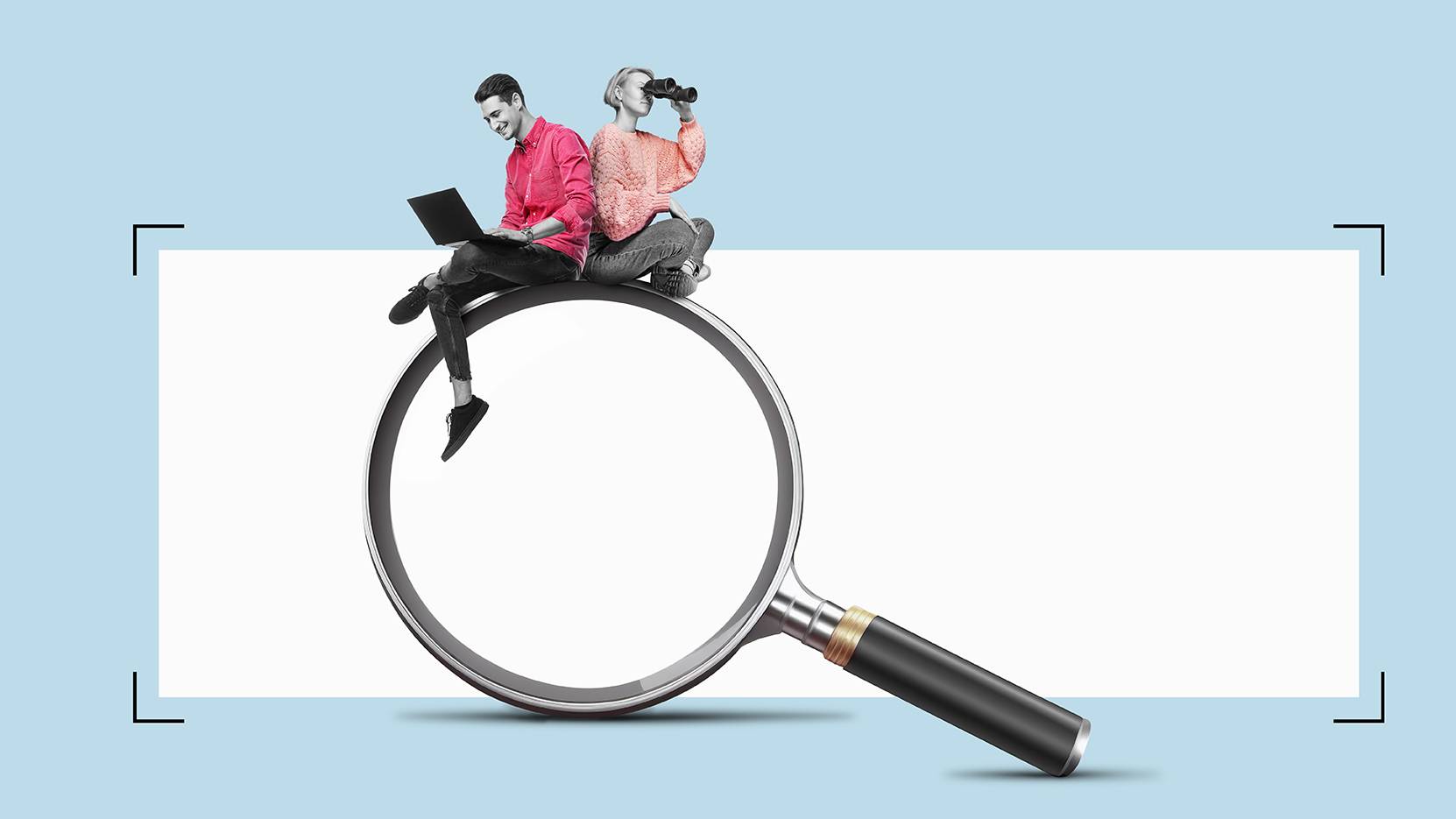 Auditing
Auditing
The Audit Communication Standards
Jeff Sailor, CPA Webcast
Credits: 1 $49.00
Webcast
Credits: 1 $49.00 -
 Accounting
Accounting
Step by Step: Preparing for Your Peer Review
Jeff Sailor, CPA Webcast
Credits: 3 $147.00
Webcast
Credits: 3 $147.00 -
 Accounting
Accounting
Step by Step: Accounting for Income Taxes
Jeff Sailor, CPA Webcast
Credits: 2 $98.00
Webcast
Credits: 2 $98.00 -
 Accounting
Accounting
Step By Step Preparing Personal Financial Statements
Jeff Sailor, CPA Webcast
Credits: 2 $98.00
Webcast
Credits: 2 $98.00 -
 Accounting
Accounting
Step By Step Preparing A Statement Of Cash Flows
Jeff Sailor, CPA Webcast
Credits: 2 $98.00
Webcast
Credits: 2 $98.00 -
 Accounting
Accounting
Hospitality Accounting: An Introduction to the USALI Structure
Jeff Sailor, CPA Webcast
Credits: 2 $98.00
Webcast
Credits: 2 $98.00 -
 Accounting
Accounting
Hospitality Accounting: KPIs, Budgeting & Internal Control
Jeff Sailor, CPA Webcast
Credits: 2 $98.00
Webcast
Credits: 2 $98.00 -
 Accounting
Accounting
Step by Step: Agreed-Upon Procedures
Jeff Sailor, CPA Webcast
Credits: 2 $98.00
Webcast
Credits: 2 $98.00 -
 Accounting
Accounting
Step by Step: Agreed Upon Procedures: (Self-Study Video)
Jeff Sailor, CPA QAS Self-Study Video
Credits: 2 $98.00
QAS Self-Study Video
Credits: 2 $98.00 -
 Auditing
Auditing
Introducing the New Risk Assessment Standard
Jeff Sailor, CPA Webcast
Credits: 1 $49.00
Webcast
Credits: 1 $49.00 -
 Regulatory Ethics
Regulatory Ethics
Maintaining Your Independence
Jeff Sailor, CPA Webcast
Credits: 1 $49.00
Webcast
Credits: 1 $49.00 -
 Regulatory Ethics
Regulatory Ethics
Enjoyable Ethics for Tax Practitioners
Jeff Sailor, CPA Webcast
Credits: 2 $98.00
Webcast
Credits: 2 $98.00 -
 Accounting
Accounting
Accounting For Leases
Jeff Sailor, CPA Webcast
Credits: 4 $196.00
Webcast
Credits: 4 $196.00 -
 Accounting
Accounting
Definitive Revenue Recognition Course
Jeff Sailor, CPA Webcast
Credits: 4 $196.00
Webcast
Credits: 4 $196.00 -
 Accounting
Accounting
Accounting for Not-for-Profit Entities
Jeff Sailor, CPA Webcast
Credits: 3 $147.00
Webcast
Credits: 3 $147.00 -
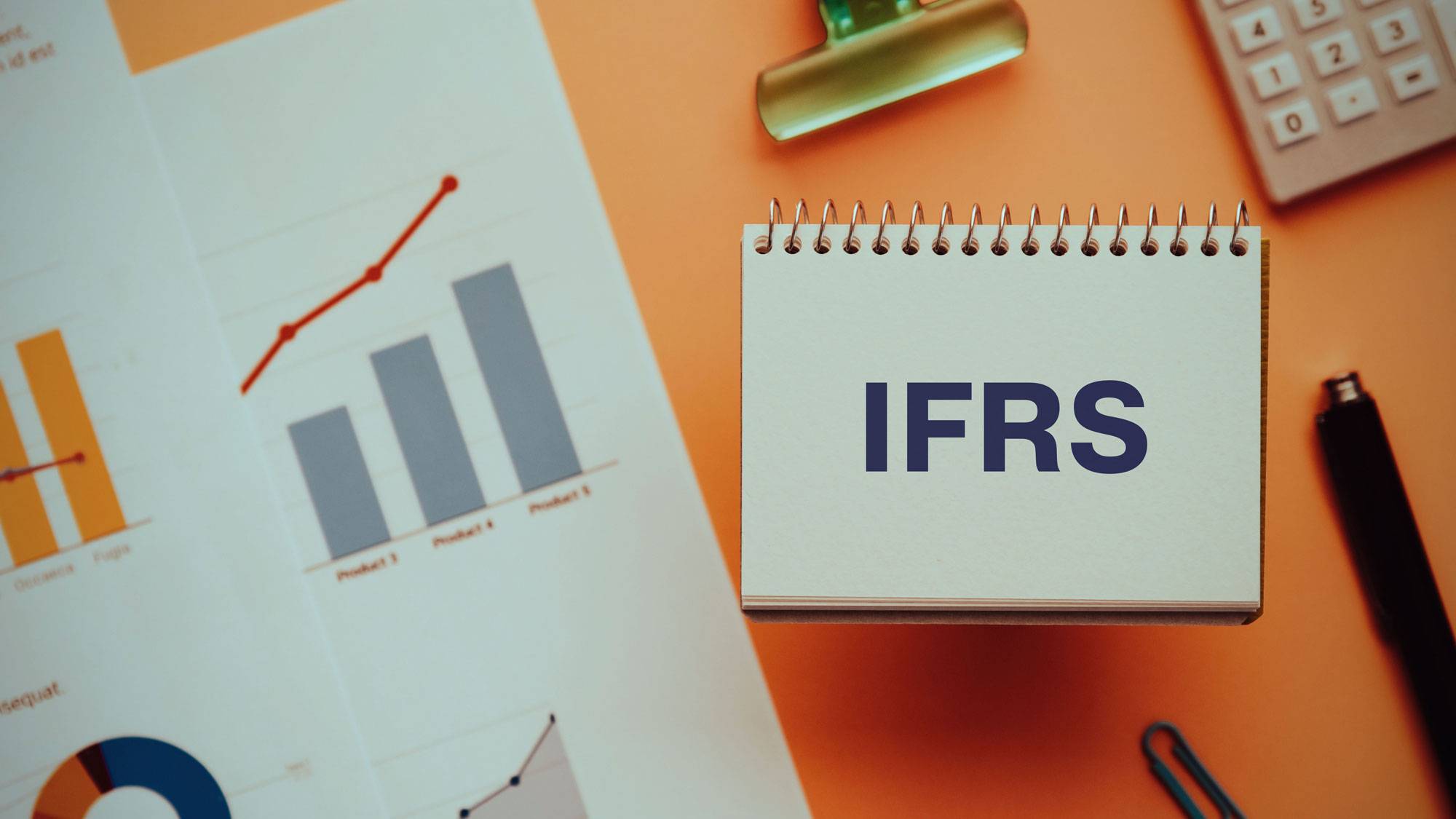 Accounting
Accounting
IFRS Accounting – The IAS and IFRS Standards
Jeff Sailor, CPA Webcast
Credits: 2 $98.00
Webcast
Credits: 2 $98.00 -
 Accounting
Accounting
IFRS Accounting – IFRS Issues
Jeff Sailor, CPA Webcast
Credits: 2 $98.00
Webcast
Credits: 2 $98.00 -
 Accounting
Accounting
IFRS Accounting – An Introduction
Jeff Sailor, CPA Webcast
Credits: 2 $98.00
Webcast
Credits: 2 $98.00 -
 Regulatory Ethics
Regulatory Ethics
Enjoyable Ethics for Florida CPAs
Jeff Sailor, CPA Webcast
Credits: 4 $196.00
Webcast
Credits: 4 $196.00 -
 Accounting
Accounting
Blockchain, Cryptocurrency, NFTs and Other Scary Stuff No One Understands
Jennifer Sailor, CPA & Jeff Sailor, CPA Webcast
Credits: 2 $98.00
Webcast
Credits: 2 $98.00 -
 Personnel/Human Resources
Personnel/Human Resources
Analytical Procedures And Critical Thinking Skills
Jeff Sailor, CPA Webcast
Credits: 2 $98.00
Webcast
Credits: 2 $98.00 -
 Accounting
Accounting
2024 World’s Liveliest Accounting Update
Jeff Sailor, CPA Webcast
Credits: 4 $196.00
Webcast
Credits: 4 $196.00 -
 Auditing
Auditing
2024 World’s Liveliest Auditing Update
Jeff Sailor, CPA Webcast
Credits: 3 $147.00
Webcast
Credits: 3 $147.00 -
 Accounting
Accounting
2024 World’s Liveliest SSARS Update
Jeff Sailor, CPA Webcast
Credits: 3 $147.00
Webcast
Credits: 3 $147.00 -
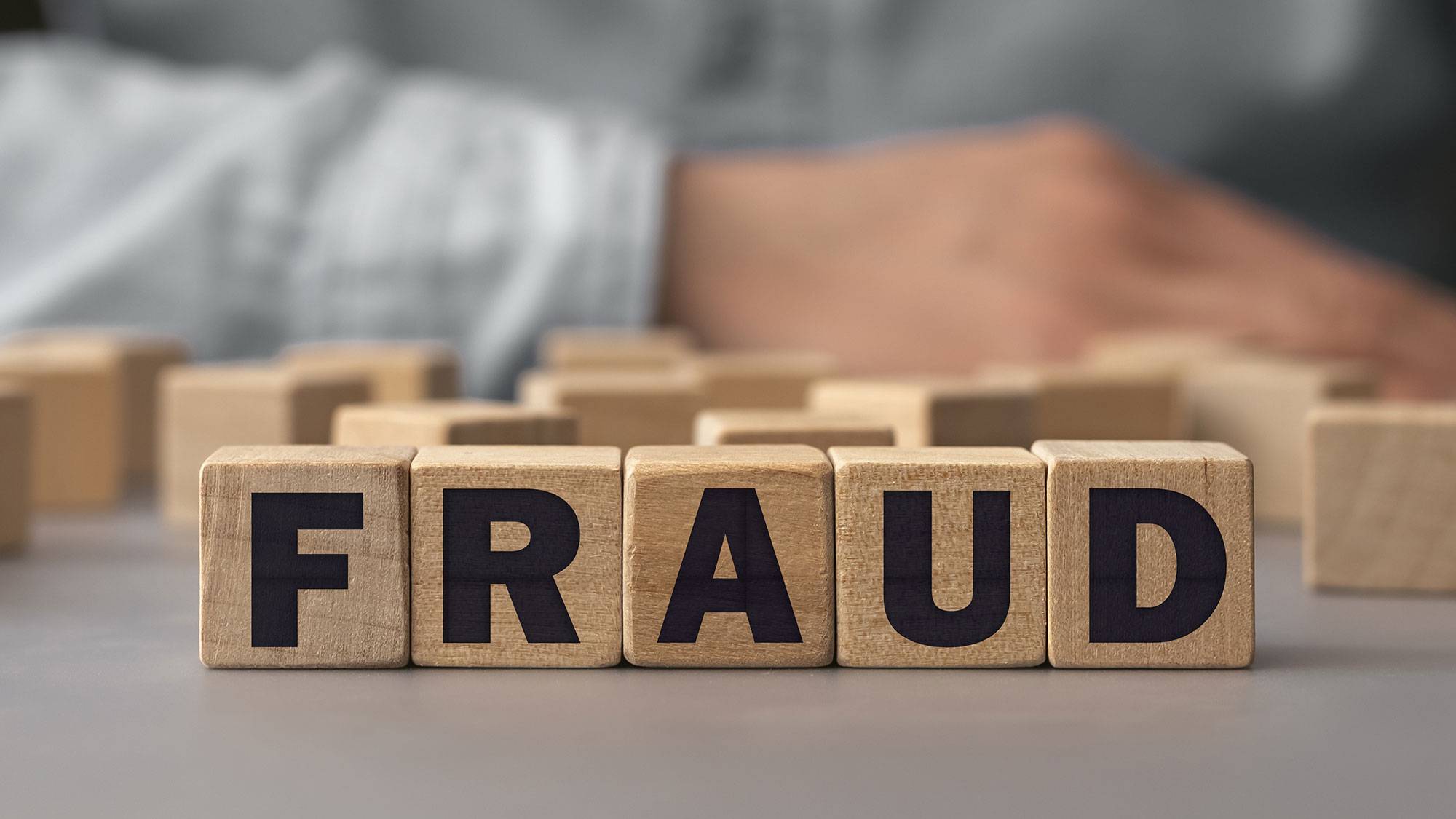 Auditing
Auditing
2024 Focus on Fraud
Jeff Sailor, CPA Webcast
Credits: 1 $49.00
Webcast
Credits: 1 $49.00 -
 Regulatory Ethics
Regulatory Ethics
Enjoyable Ethics: General Ethics & Accounting Ethics
Jeff Sailor, CPA Webcast
Credits: 1 $49.00
Webcast
Credits: 1 $49.00 -
 Regulatory Ethics
Regulatory Ethics
Enjoyable Ethics: The Conceptual Framework & Independence
Jeff Sailor, CPA Webcast
Credits: 1 $49.00
Webcast
Credits: 1 $49.00 -
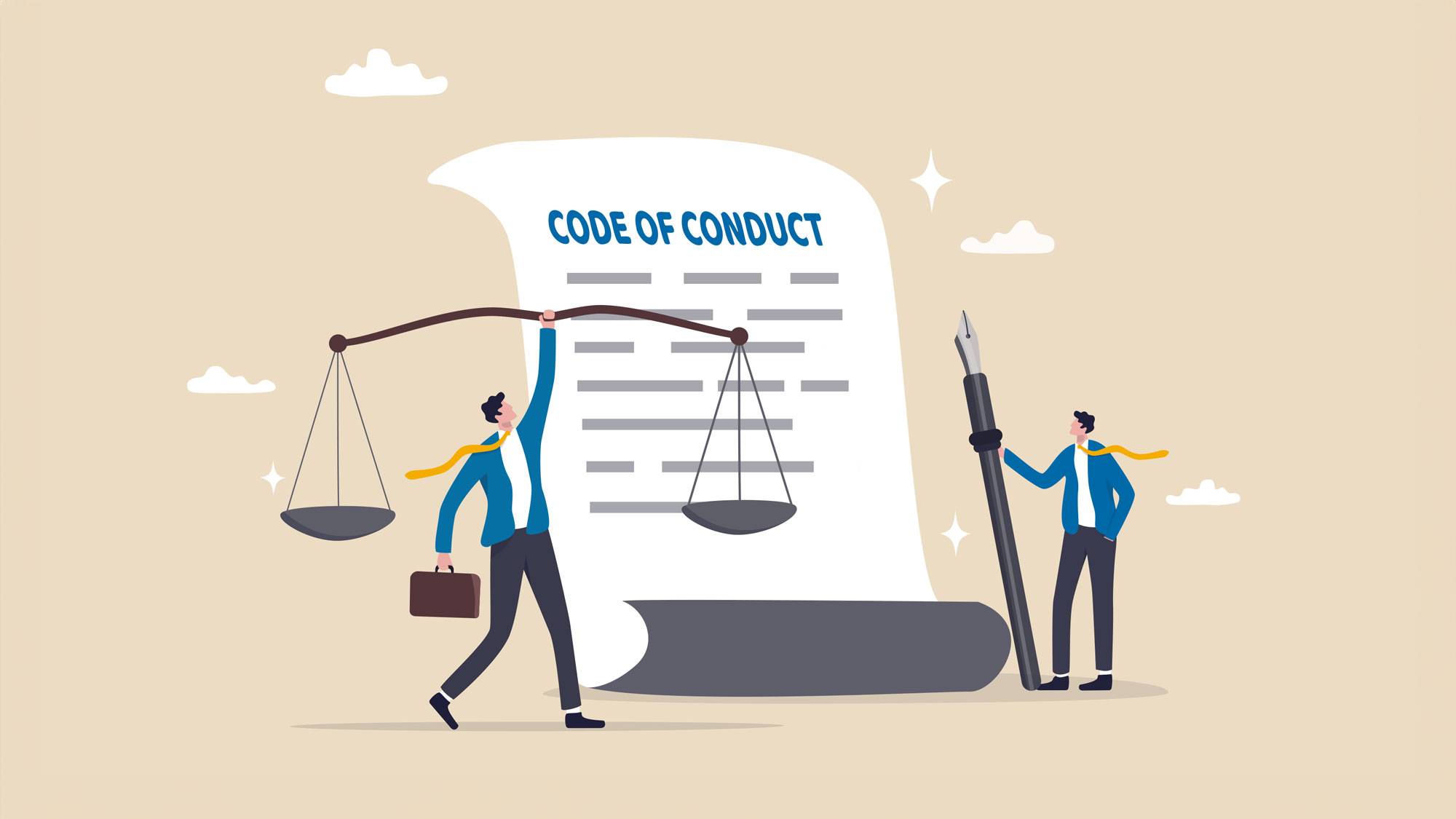 Regulatory Ethics
Regulatory Ethics
Enjoyable Ethics: AICPA Code of Professional Conduct
Jeff Sailor, CPA Webcast
Credits: 1 $49.00
Webcast
Credits: 1 $49.00 -
 Accounting
Accounting
Accountant’s Guidebook: Changes and Errors, Closing the Books, and Financial Statements
Jeff Sailor, CPA Webcast
Credits: 3 $147.00
Webcast
Credits: 3 $147.00 -
 Accounting
Accounting
The Basics of Accounting for Financial Instruments: The Good, The Bad, & The Ugly
Jeff Sailor, CPA Webcast
Credits: 2 $98.00
Webcast
Credits: 2 $98.00 -
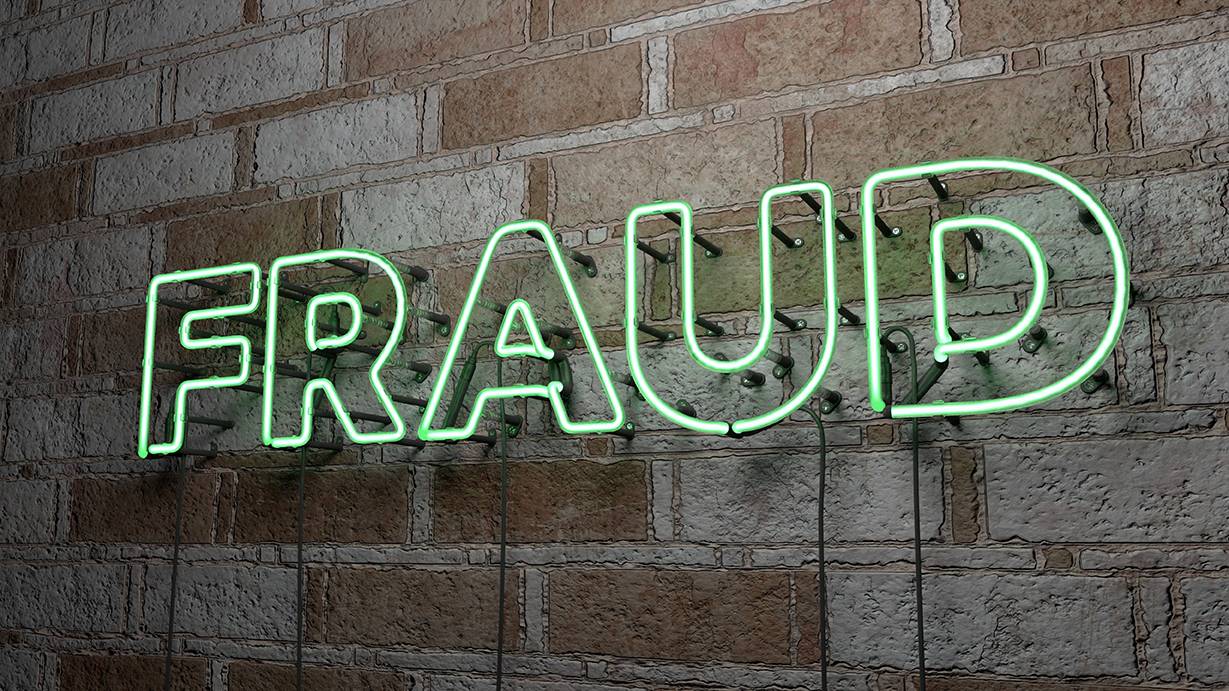 Accounting
Accounting
Fraud’s Greatest Hits!
Jeff Sailor, CPA Webcast
Credits: 3 $147.00
Webcast
Credits: 3 $147.00 -
 Regulatory Ethics
Regulatory Ethics
Enjoyable Ethics: The 3 Credit Edition
Jeff Sailor, CPA Webcast
Credits: 3 $147.00
Webcast
Credits: 3 $147.00 -
 Regulatory Ethics
Regulatory Ethics
Enjoyable Ethics: The 2 Credit Edition
Jeff Sailor, CPA Webcast
Credits: 2 $98.00
Webcast
Credits: 2 $98.00
Book This Instructor to Speak
Western CPE’s instructors are veteran industry experts at the top of their game, so they’re in high demand for speaking engagements around the country, both online and in-person. If you’re interested in inviting one of our experts to speak at your event, please reach out below.
